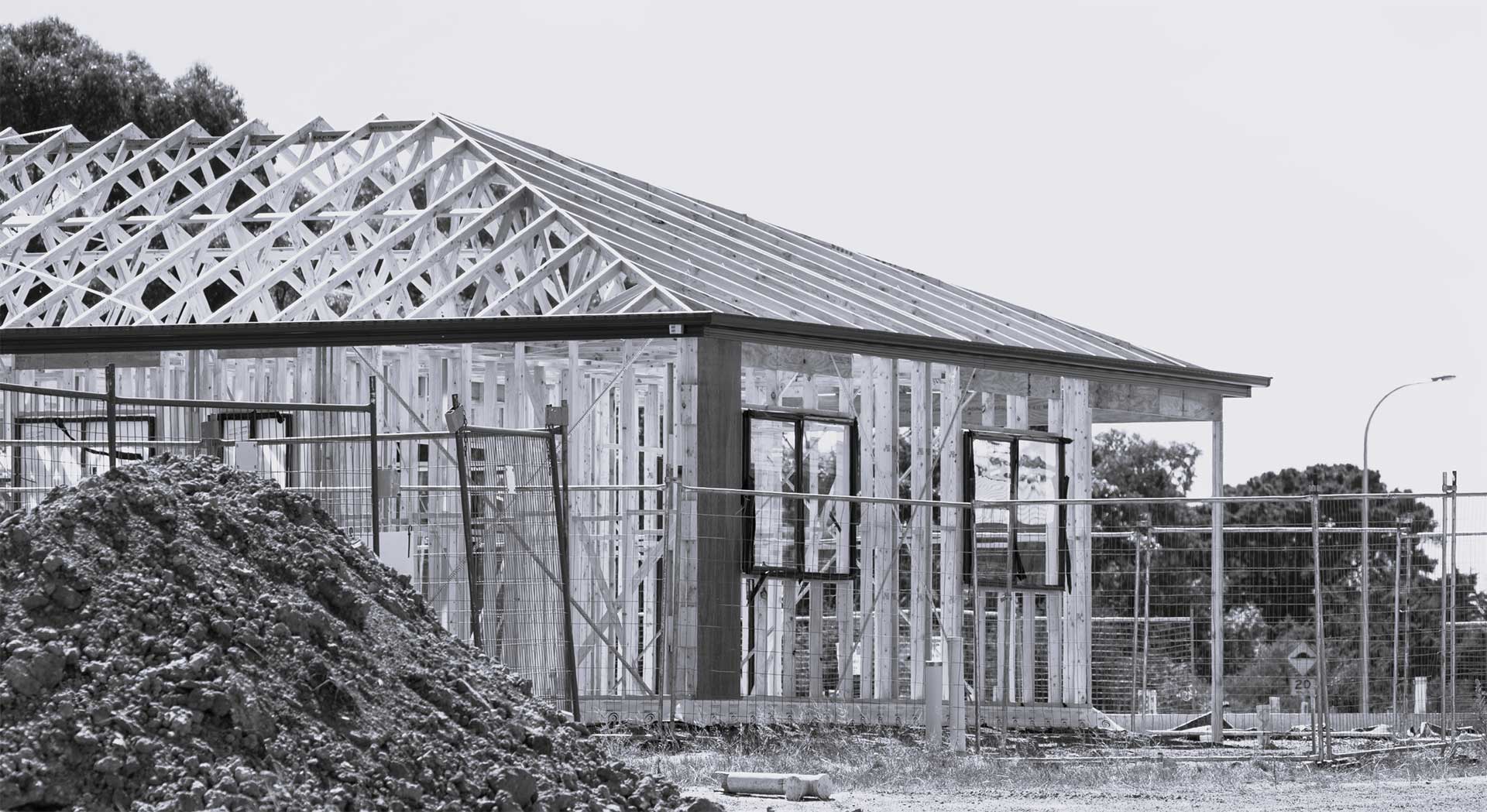Sometimes you need to get up really close and personal … with your community. Standing too far back can hide the special characteristics of a neighbourhood.
When you are planning localised interventions or programmes important differences can sometimes be obscured by more general statistics. It’s incredibly useful to be able to identify concentrations of target populations (e.g. children, elderly, disadvantaged).
Profile.id drills down to a neighbourhood level to reveal unique characteristics, but atlas.id goes one step further mapping qualities, this time down to meshblock level. You can make a comparison across each suburb at a glance.
Maps are a compelling way of presenting data. Over 180 councils across Australia subscribe to atlas.id and make this information available via their websites.
atlas.id is now available in New Zealand and councils can enjoy a powerful suite of online thematic maps showing the distribution of target populations based on the 2013 Census. A new feature of the New Zealand atlas.id is the addition of 2006 census data and also maps showing the change between 2006 and 2013. The change maps add valuable insight to help with managing assets and services to meet changing demands.
Wellington City Council has the atlas.id tool. The following maps hone in on the suburbs of Broadmeadows, Johnsonville, Newlands-Ngauranga, Churton Park-Glenside, Kaiwharawhara-Khandalla, Grenada Village-Paparangi-Woodridge-Horokiwi revealing the number of smokers per hectare (at meshblock level).
I wrote a blog earlier on in the year discussing the slowing of the decrease in smoking numbers and you can see from the map that there are much higher densities of smokers in Johnsonville and Newlands-Ngauranga than in Ngaio and Kaiwharawhara-Khandalla for example.
The change map (i.e. change in numbers between 2006-2013) makes interesting scanning though. There’s been good progress in cutting down smoking in most of the Johnsonville and Newlands-Ngauranga meshblocks, but disturbingly there are also some areas where a sizeable increase in smoking numbers has been recorded.
If you visit the Wellington atlas.id you will find the information about each meshblock will pop up as you hover over it. Also, you can highlight meshblocks and build a spreadsheet of their data as you move around the map.
Sitting behind every map are some helpful tables which will provide you with the data for each small area. To access, go to the ‘analysis’ tab which you will find at the top left of each map.
Data tables give you a list of every small area (based on the small areas in profile.id) and their number and percentage of the characteristic you’re looking at – in this case, the number of smokers. So you can not only access data for the area (in this case suburb) you’re viewing on the map, but all suburbs in the LGA.
atlas.id is delivered to each council as a public website. For a list of all available atlas.id sites, please check out our public resources.











